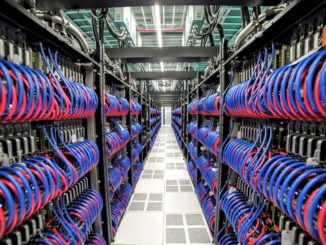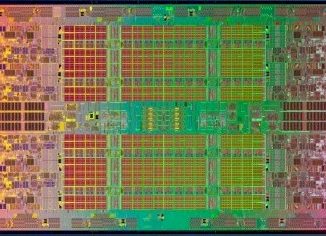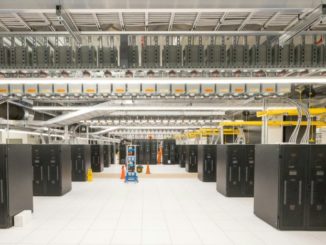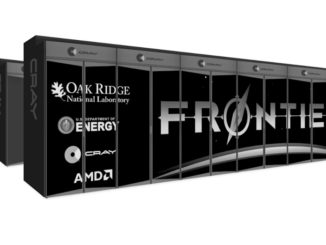
Frontier: Step By Step, Over Decades, To Exascale
Any time you build anything with more than 60 million parts, it is going to be a headache. …

Any time you build anything with more than 60 million parts, it is going to be a headache. …

Significant business and architectural changes can happen with 10X improvements, but the real milestones upon which we measure progress in computer science, whether it is for compute, storage, or networking, come at the 1,000X transitions. …

It is the nature of capability class supercomputers to try to push the envelope on as many different architectural fronts as possible. …

It may have taken the better part of a decade, but the Itanium platform has yielded the kinds of profits that Hewlett Packard Enterprise long sought and rarely attained. …

The fiscal year of the federal government in the United States ends on September 30, and whether we all knew it or not, the US Department of Energy had a revised goal of beginning the deployment of at least one exascale-class supercomputing system before fiscal 2021 ended and fiscal 2022 began on October 1. …

As we head toward the annual Supercomputing Conference season we wanted to take a moment for a level-set on exascale. …

Yesterday with the announcement of the forthcoming El Capitan supercomputer, which is set to be more powerful than the top 200 supercomputers combined, we got to thinking about a critical issue that is far less attention-capturing than big performance numbers. …

We are not shy of playing guessing games here at The Next Platform, as you all well know. …

When Oak Ridge National Laboratory installs its 1.5 exaflops Frontier supercomputer in a couple of years, it’s likely to be the most powerful system in the US, if not the world. …

The competition for the compute engines in hybrid HPC and AI supercomputer systems is heating up, and it is beginning to look a bit like back to the future with Cray on the rise and AMD also revitalized. …
All Content Copyright The Next Platform